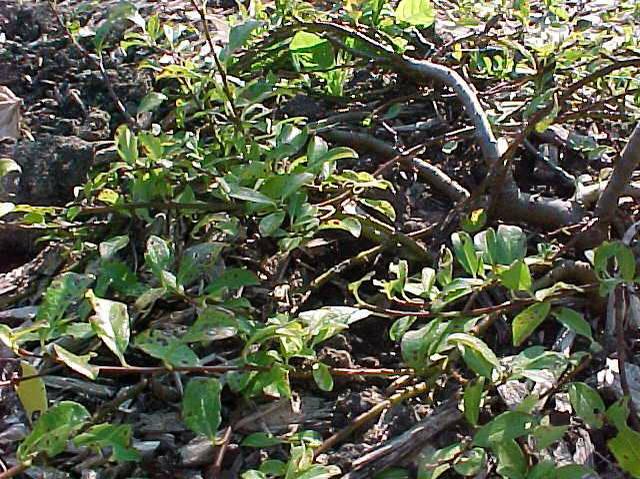Mountain Willow (Salix Arbuscula)
Mountain Willow
Salix arbuscula, commonly called mountain willow, is native to moist, calcareous soils in rocky alpine slopes, meadows and grasslands in Scotland, Scandinavia and Russia. In its native habitat, it is a dense, deciduous shrub which assumes two different forms: (a) at lower alpine elevations, it typically grows 3-6′ tall with an upright form, but (b) at higher alpine elevations, it typically grows only 12-20″ tall with a low, prostrate form. Nurseries typically sell the prostrate, high alpine form as a rock garden plant. Elliptic to lance-shaped, glossy green leaves (2-4″ long) have a bluish-green cast beneath. Grayish-green catkins (to 1 inch long) with reddish anthers bloom in May, but are not particularly showy.
Genus name is the Latin name for this plant.
Specific epithet means resembling a small tree.

Best grown in sandy or rocky, medium to wet soils in full sun to light shade. Tolerates poor soils.
| Hardiness zone | 3 - 8 |
| Sun light | Full Sun To Part Shade |
| Water | Medium To Wet |
| Maintenance | Low |
Salix arbuscula has not been extensively grown the St. Louis area, and it is not yet clear how this European alpine shrub will adapt to the St. Louis climate. Willows are generally susceptible to a number of disease problems including cankers, blights, galls, leaf spots, powdery mildew and rust. Potential insect pests generally include borers, caterpillars and scale.
Small shrub for rock gardens. May be difficult to find in commerce.
| Common name | Mountain Willow |
| Botanical name | Salix Arbuscula |
| Plant type | Deciduous Shrub |
| Family | Salicaceae |
| Hardiness zone | 3 - 8 |
| Water | Medium To Wet |
| Maintenance | Low |
| Flower color | Greenish (Red Anthers) |
| Flowering period | May |
| Height | 1 - 2 Ft. |
| Width | 1 - 2 Ft. |